As Aviation professionals or customers, how does the much talked about sequestration affect us?
The Congressional Research Service defines sequestration this way:
“In general, sequestration entails the permanent cancellation of budgetary resources by a uniform percentage. Moreover, this uniform percentage reduction is applied to all programs, projects, and activities within a budget account.”
However, the current sequestration procedures, as in previous iterations of such procedures, provide for exemptions and special rules. That is, certain programs and activities are exempt from sequestration, and certain other programs are governed by special rules regarding the application of a sequester.
Sequestration will not affect the aviation community as far as flying safely goes – the “downside” for aviation is the closing of 149 (as of today) contract control towers. But, is this really a “downside?”
Greenville (GMU), South carolina is NOT on the list of contract control towers to be closed.
So, what does that mean to the local residents that use the airport for their own aircraft, or that contract with SSC for charter, and other aviation oriented activities?
If in fact the sequestration is actually “activated,” probably nothing!
All pilots trained in the U.S. are trained to work safely in and around an uncontrolled airport. There are many uncontrolled airports in each state, and in some states (Ohio as example) there is at least one airport in each county, and many of them are uncontrolled as well.
From the cost perspective, there are quite a few smaller airports with towers that are probably not needed because they don’t have enough operations (takeoffs and landings) each day for the tower to be cost effective. According to the FAA, the average cost to keep a contracted control tower operating is about $500,000 per year.
Even pilots understand.
As an example, Pilot Jim Retzlaff of the West Bend Municipal Airport in Wisconsin, which has more than 31,000 operations per year, said he and other pilots at his airport don’t need an air traffic control tower to ensure safety. Pilots use standard procedures for takeoffs and landings and communicate with each other on specific radio frequencies . . .
Doing the math, 31,000 operations per year is about 81 – 85 operations per day; or about 41 takeoffs, and 41 landings per day. Just using an eight hour day, that is less than 3 takeoffs and 3 landings per hour. . . At an average of one takeoff or landing every 20 minutes, this is not exactly a high-traffic scenario. Pilots are perfectly comfortable managing the sequencing among themselves with simple radio communication.
What needs to happen is an analysis of the average daily operations per year, noise abatement and other procedures and requirements, etc, to determine which contracted towers would be ok to close, vs those that should remain open, even if the average number of daily operations is low.
However, as noted above, an SSC client or Greenville resident, should notice little, if any difference in airport services.


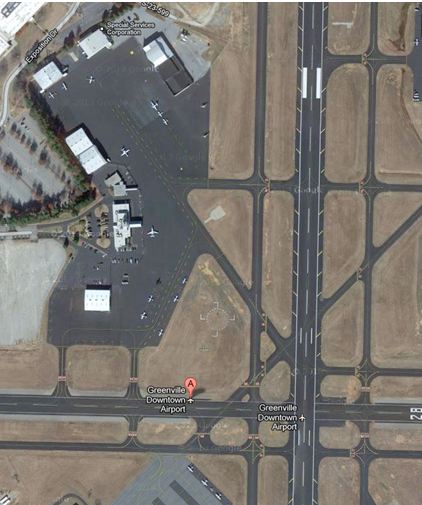
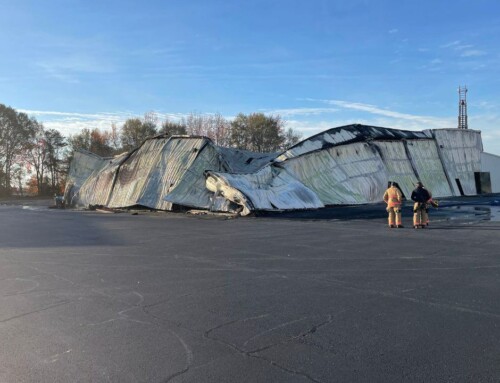
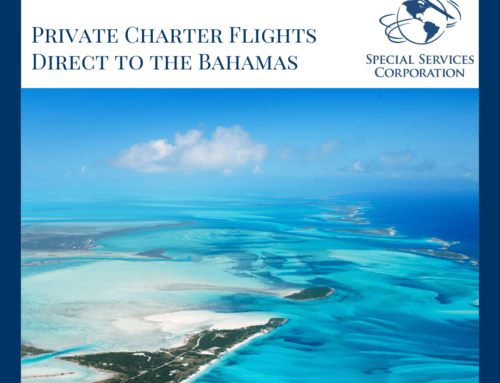

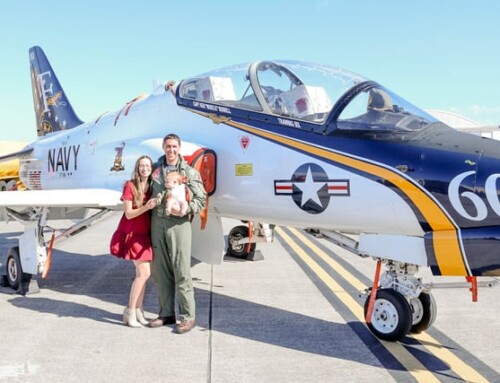
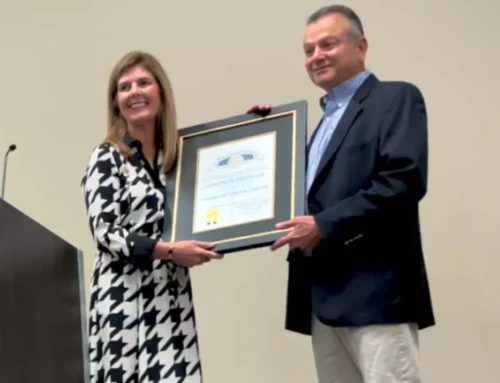
Leave A Comment